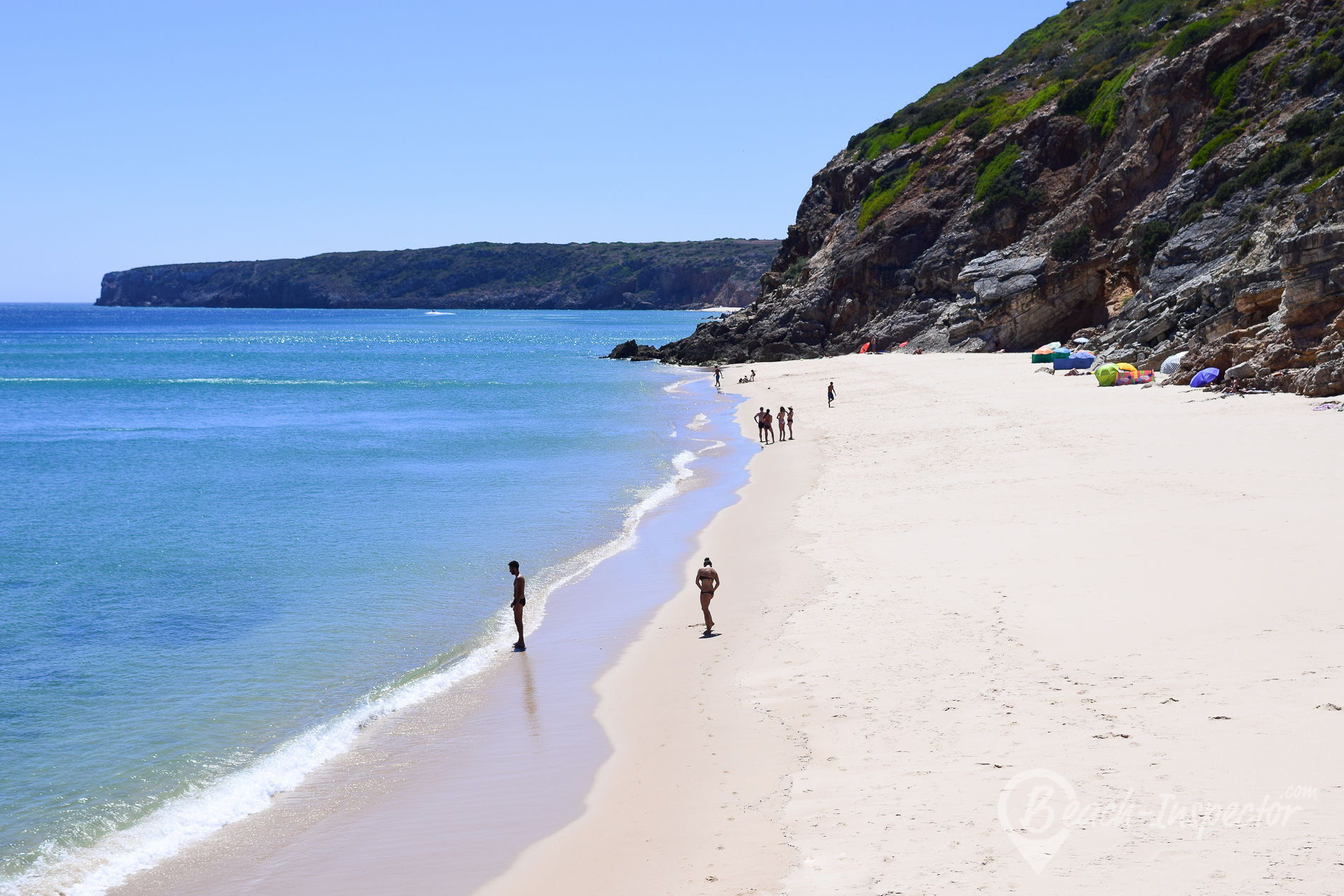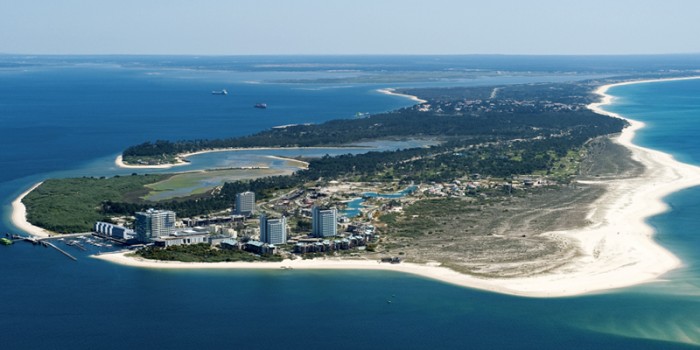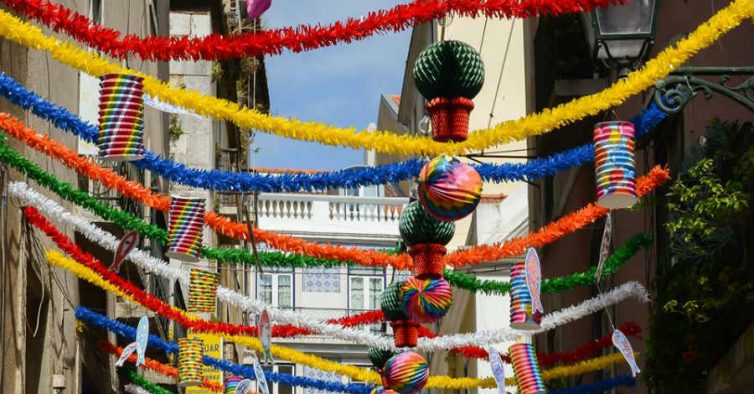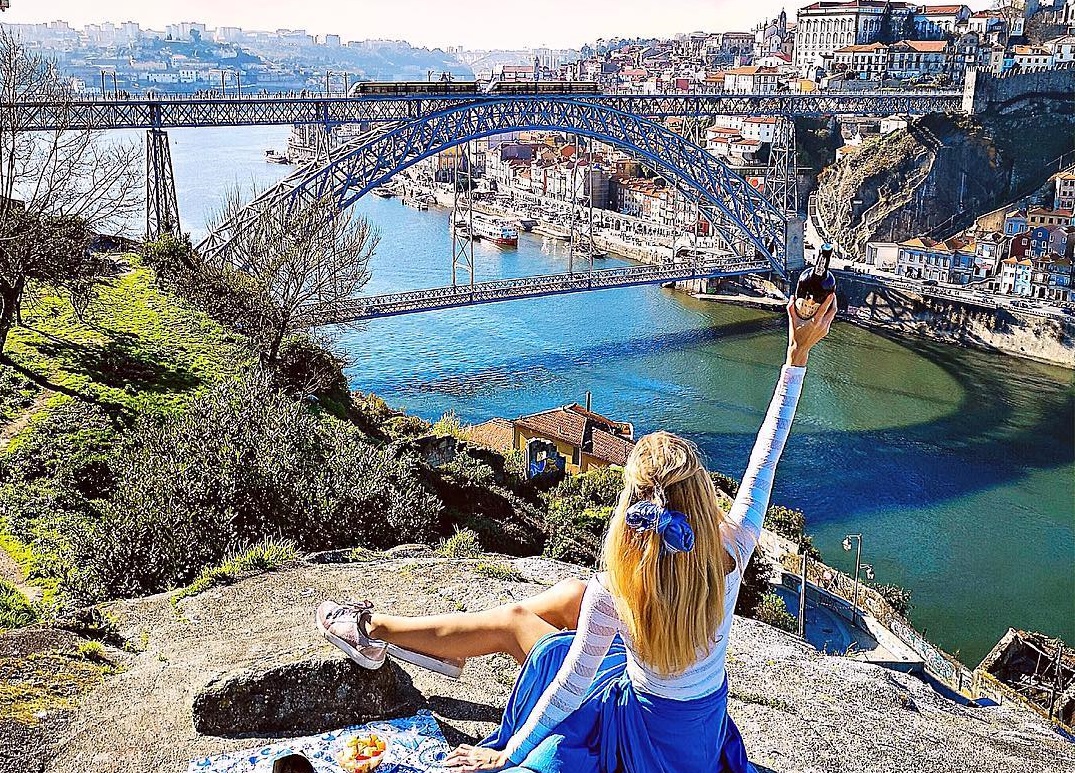Rua dos Clérigos is what everyone has to visit in Porto Portugal
The route that established the connection between the port of Santo Elói and the port of the olive grove, outside the Fernandinas walls of Porto, was for many centuries called the "Nativity sidewalk". His original name was to pick him up from the ancient chapel of Our Lady of the Nativity that, until 1836, existed in Praça Nova (present-day Freedom Square).
In 1731 some vacant land was donated to the Brotherhood of the Poor Clerics - made up of the fusion of the confraternities of Saint Peter ad Vincula, Saint Philip Neri and Our Lady of Mercy - to build his church, the Clerigos Church, the great work. by Nicolau Nasoni, whose tower is the ex libris of Porto.
The street surrounding the new temple was now called "Largo dos Clérigos". In 1860, when Viscount de Gouveia was appointed civil governor of Porto, he imposed the current name of "Rua dos Clérigos".
The development of the Carmelitas neighborhood, the construction of the Angel Market, the Polytechnic Academy and the Santo António Hospital have valued Clérigos Street as the main access road from Baixa, located around the current Liberdade Square. From the mid-nineteenth century, the Clerics became one of the most important shopping streets of Porto
Clergy Street
The magic of Portuguese culture and architecture is nothing more evident than the beautiful city of Porto at dusk.
TOWER, MUSEUM, CHURCH
The Clérigos architectural ensemble, classified as a National Monument since 1910, is for its Church and its Tower, one of the main points of interest, and a must for all visitors to the city of Porto.
The Church and the Tower are part of an 18th-century Baroque-inspired building that marked the citys urban setting, located on an uneven street but brilliantly exploited by Nicolau Nasoni, who managed to create a landmark building. The Church and the Tower are united by the House of the Brotherhood, which since 2014, after its musealization, is open to the public.
TOWER
In 1753, at the request of the Brotherhood of the Clerics, the Italian architect Nicolau Nasoni presented the project for a bell tower, and in 1754 would start the works of what would become the most beautiful and towering Tower, dominating the entire urban landscape of Porto. . In July 1763, with the placement of the iron cross at the top, and the image of São Paulo in the niche above the door, its construction was finally completed.
The baroque characteristics that define it are the maximum expression of the baroque spectacularity, where the typical motifs of this style give the tower movement and beauty.
Over 75m high, after climbing 225 steps and reaching the top of the tower, the view of the city dazzles. From a 360 ° perspective, the visitor enjoys a unique moment, whether day or night, when in special times, the tower opens its doors until 23h00.
The Clérigos Tower, is undoubtedly the ex-libris of the city, and an excellent viewpoint over it.
MUSEUM
The journey through the House of the Brotherhood (1754-1758), where the Museum is located, provides a return to the past, the experience of traveling through spaces that were once deprived and destined for the daily life of the Brotherhood of Clerics.
Going through the Dispatch House, the Safe Room, the Notarys Office, and the old ward, you can see that the Museum has a collection of cultural assets of considerable artistic value, from the 13th to the 20th century, which spans the collections. of sculpture, painting, furniture and jewelery. These goods are messengers of a historical and cultural heritage, whose function lost in the passage of time, gave way to its musealization.
The Clergy Brotherhood ward, which operated until the late nineteenth century dedicated to treating sick clergy, has been converted into an exhibition space, and now houses the Christus collection. This exhibition, conceived from the donation of a collection by a private collector, reveals the passion for collecting, and tells a story complemented with objects, once devoted, considered today cultural legacies of interest. They are pieces of great sculpture, painting and jewelery that praise the encounter of art with faith.
The exhibition, spread over three rooms - Passion Nucleus, Journey of Forms and Images of Christ - invites you to travel through time and space, through image and devotion .
The Museum of the Brotherhood of Clerics, has been part of the Portuguese Museum Network, since August 28, 2018.
The donation of a piece of land, located in Campo do Olival, at the time the largest port yard, allowed the Brotherhood of Clerics to build its own church.
The project of the Church of the Clerics, by Nicolau Nasoni, was approved at the meeting of the Brotherhood of the Clerics, in December 1731. The works began in April 1732, with the founding of the foundations, thus beginning the construction of what would come. to be the first church in Portugal with ellipse shaped plant. And not only. The gallery that surrounds the whole nave, making it possible to observe the church as a whole, is also a unique feature of this temple. The many existing windows let in light, which enhances the splendor of the gilded carving in the church, creating a beautiful color match with the marble.
The dome bears the coat of arms of the Brotherhood of the Clerics, in fake granite, and rests on six pilasters, with two pulpits and two bars standing out, the oldest examples of gilded wood in the church, and four side altars: the Blessed Sacrament, Our Lady of Sorrows, St. Andrew Avelino and St. Benedict.
Seventeen years later, in 1749, the building of the church was completed, but its equipping, and later the enlargement of the chapel, would extend the work in the church for a few more years.
In the background, the spacious oblong (longer than wide) rectangular chancel is embellished with a marble altar and a rococo-inspired altarpiece, with the risk of Manuel dos Santos Porto, in which a throne crowned by the image of the church prevails. patron saint, Our Lady of the Assumption. On the flanks of the altarpiece stand out the co-patrons of the Brotherhood of the Clergy, St. Peter ad Vincula and St. Philip Neri, two painted wooden sculptures.
The chancel is flanked by the chair and the two organs of Iberian or "Portuguese-style" pipes, whose construction began at the same time, was in 1774. The chair would end in 1777 and the organs only two years later.
-

Outros Artigos Populares no Blogue
-
Figueira Beach one of the most secret in the Algarve unique place Portugal
The Figueira Beach is a beach in the town of Budens, Vila do Bispo municipality, Algarve, Portugal. It is located west of S...
-
This is the best passport in the world in 2019 guarantees access to 189 different countries
The best passport in the world the title goes to Japan and the Singapore Henley Passport Index evaluates the passports that offer visa-free entry in m...
-
Discover Troia, one of Portugals top golf destinations
The isolated and secluded golf break has never been so close. Just an hours drive from Lisbon, Portugal is TROIA, the laid-back beach retreat off...
-
The 15 best events popolar in Lisbon (Know them here)
The grills are already on the street, the crowds mobile homes are on their way and there are stages in practically ev...
-
Is considered the most beautiful wild beach of Portugal a paradise of crystal clear waters
This wild beach is located in a small cove at the foot of the Arrábida mountain range. Access is by rail.
Parking is limited and visitors...
-
Ribeira das Naus River Beach is unique in Europe in central Lisbon
The river beach of Ribeira das Naus is the only beach within a capital city in europe. Take the opportunity to stroll in this riversid...
-
Portugal in 3rd safest country in the world in 2019
Portugal is the third most peaceful country in the world, says the 2019 Global Peace Index. Among European countries, it ranks second, just behind Ice...
-
Porto voted the best city in Europe to visit in 2019 Portugal
Porto was voted the best European city to visit in 2019 - and the second in the world by Culture Trip experts and users.
Culture Trip...








